Related Article
-
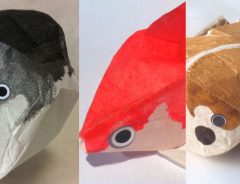
Japanese Artist Charms With Animal Motif Traditional Paper Balloons
-
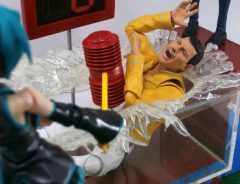
Collectors Are Torturing This Freddie Mercury Figure With Anime Idol Violence
-
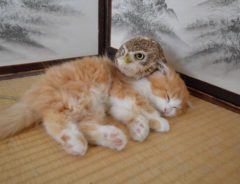
Cat And Owl Besties Are Just Some Of The Animals You Can Visit At Osaka’s Cat Cafe
-
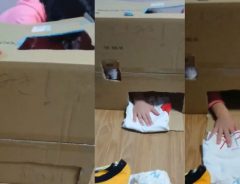
Daughter Adorably Invents Magical “Laundry Folding Machine” For Her Mother’s Birthday
-

Can you wake up your sleeping classmate in this new smartphone game?
-
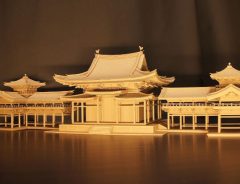
Cardboard Architect Recreates Temples And Castles In Stunning Detail
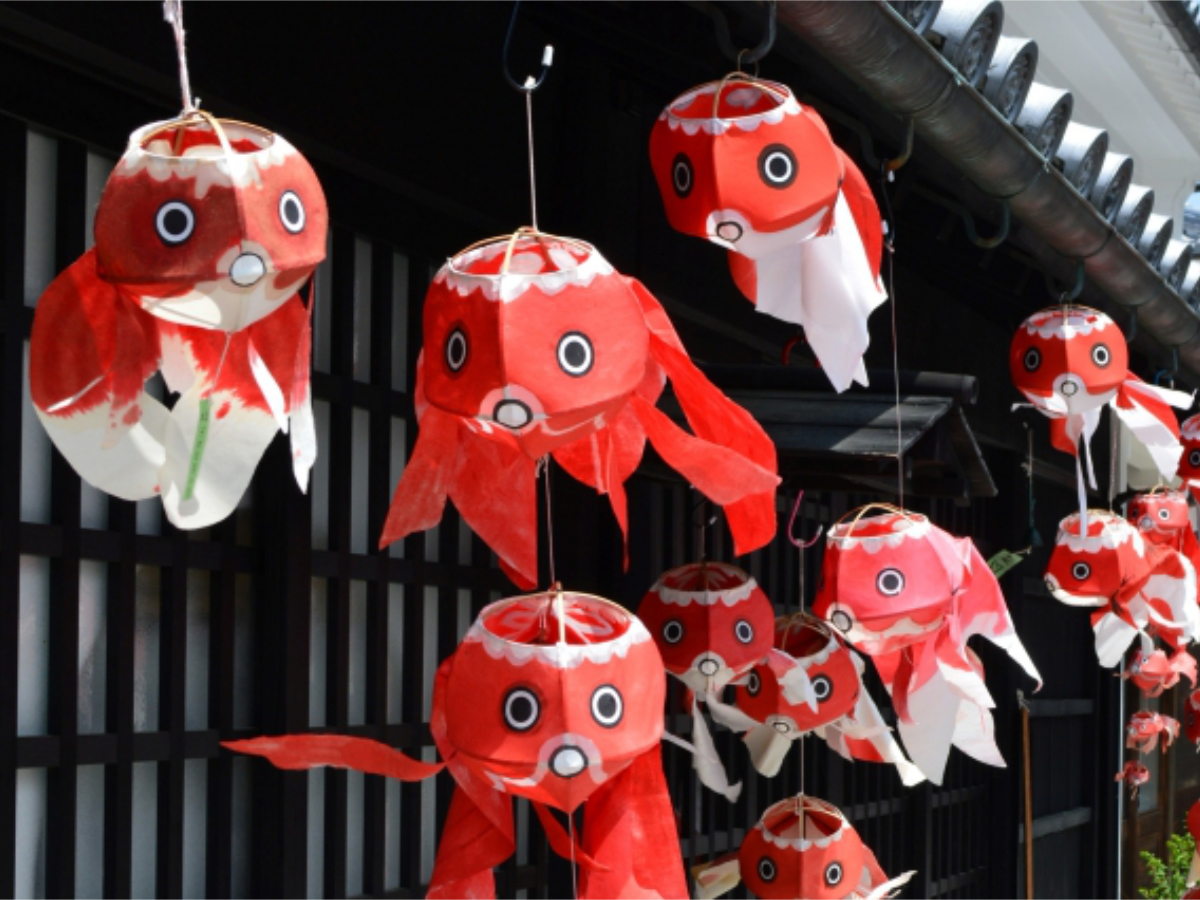


Like any other country, Japan is a land shaped by the micro-cultures that develop across it’s network of both interconnected and isolated communities. Sometimes the differences between areas can seem small and minute, but other times the traditions of one area can differ so much from that of it’s neighbour that they can seem worlds apart.
Distinct festivals that highlight important events in local history, the way broth is made for a ramen bowl in hokkaido vs that of kyushu, and differences in the details of somewhat similar folktales from various regions, are just some of the ways to witness and celebrate the individuality that exists throughout Japan.
Although not as common as they used to be, traditional toys still play an active and important role in Japanese society, often reflecting local legends, history and customs. Events throughout the year make traditional toys popular amongst both children and adults alike, such as the hina-matsuri which sees impressive displays of ornamental dolls set up or the Kodomo no Hi with it’s koinobori kites flowing in the wind.
Like the hina dolls or the koinobori, the majority of traditional toys in Japan have a historical story or purpose that fueled their craft. Some were originally made as a talisman to ward evil spirits away from children, others can be traced back
Not too many had humble beginnings, with most originally crafted as talismans to ward of evil spirits, others as charms – inspired by religious scriptures or folk tales – that were believed to bring luck and fortune. However, as time has passed, the roles of most toys has changed quite significantly, with many now taking a seat on the top shelf as a nostalgic relic nodding to the culture and customs of time gone by.
There is a general perception from outside of Japan that most Japanese homes follow a minimalistic structure (many of us living here with Japanese in-laws or heritage would disagree with that statement), but in reality, like anywhere else in the world, people love to decorate their homes, and displaying traditional toys has become a popular way for individuals to show off their individualism or cultural heritage. With many people moving back and forth across the country for work and family, it’s not all that unusual to come across a house on one side of the country with an exhibit of traditional folk crafts from the other.
Japan is made up of 1,719 municipalities (according to figures from 2013), and although all are connected today through modern society, many evolved from the unique clans which once divided the country. A lot of the traditional toys that we see today were developed in distinct regions that were isolated from one another due to warring factions and feuds. As a country once divided into separate areas, the traditional toys from one town can vary significantly in both looks and purpose from those of the next.
Thankfully, Japan is no longer at war with itself, but the hundreds and thousands of unique toys that owe their existence to the era of divide, shine a telescopic lens onto the differing customs and cultures that, in some places, still exist to this day.
These days it seems the only real problem is choosing which traditional toys to display at home, and with so many to choose from, the task can be quite a frustrating one. Luckily, for those unfamiliar with traditional Japanese toys, lifeguide.com recently asked their members to rank the most popular toys found at home.
Taking the crown is the capital's very own local toy; the ‘Inuhariko’ doll.
Inuhariko dolls have long been regarded as a talisman wishing for "strong fertility" and "easy delivery" because it is believed dogs give birth effortlessly and prolifically.
Made from paper-mache, Inuhariko dolls feature a rounded form and soft gazing eyes.
Reasons for choosing:
“The number of craftsmen who specialise in making Inuhariko dolls is decreasing, making the toy a valuable and historical item”
“It’s cute aesthetic can fit with the interior of both Japanese and Western homes”
Second place in the ranking goes to Fukushima prefecture’s ‘Okiagari Koboshi’.
Similar in both looks and concept to daruma dolls, Okiagari Koboshi is a charm that is said to bestow good fortune on it’s beholder. Due to their egg-shaped nature, the charm’s ability to upright-itself no matter how many times it falls makes it a popular good luck charm.
Legend says that Okiagari Koboshi dolls were first invented by the feudal lord of the Aizu clan more than 400 years ago. A traditional practice amongst locals is to own a set of dolls with one for each family member, on top of that collection an extra doll will increase the number of family members and the amount of land.
Reasons for choosing:
“I feel like Okiagari Koboshi can lend me some power.”
“I chose the Okiagari Koboshi doll because it’s cute and it made me feel happy.”
Kumamoto prefecture’s ‘Mari Higo’ takes third place in the ranking list.
Higo Mari is a traditional toy ball made from plant dyed cotton thread. It usually features intricate patterns made up of bright and warm block colours. Though there are 13 patterns to choose from, each Higo Mari’s appearance changes greatly just by adjusting the colour scheme.
Higo Mari toys aren’t just used to decorate the home, with a number of accessories featuring the quirky balls becoming more and more popular.
Reasons for choosing:
“It has a long tradition and looks beautiful.”
“Because it’s a beautiful item.”
Coming in at number four in the ranking is Aomori prefecture’s ‘Hatofu’.
Hatofu is a clay pigeon-whistle, which produces a gentle sound resembling that made by pigeons. Originally designed by the feudal lord of the Tsugaru clan, the whistle features a white base tone decorated with bursts of colourful reds and greens.
Reasons for choosing:
“I thought it was just a simple decoration and was shocked when I found out it was a whistle that makes such a realistic sound.”
Gifu Prefecture’s ‘Sarubobo’ came in at joint-fifth place.
The toy takes its name from the Japanese word for monkey ‘Saru’, and the local dialect word for baby ‘Bobo’, indicating its resemblance to a baby monkey. The toy is connected and believed to fulfill three wishes; to protect from bad things, to provide a good home and good match, and to make childbirth easy.
Sarubobo were traditionally red in colour, but nowadays they have become popular souvenirs from Takayama city and are sold in a wide range of colours, each serving their own purpose.
Reasons for choosing:
“I chose Sarubobo because I have fond memories from visiting Takayama city.
Tied with the Sarubobo toy, Yamaguchi Prefecture’s Kingyo Chochin takes fifth place.
Hailing from Yamaguchi’s Yanai city, these goldfish lanterns have become quite the symbol since they were first constructed by merchants to entertain the village children 150 or so years ago. A sleepy town in the east of the prefecture, Yanai truly comes to life on August 13th each year when 2,000 of the goldfish lanterns light up the streets alongside giant versions pulled along by teams of people to the sound of music.
Reasons for choosing:
“Once you see it’s face, it’s unforgettable”
“It’s so cute when it hangs and blows with the wind.